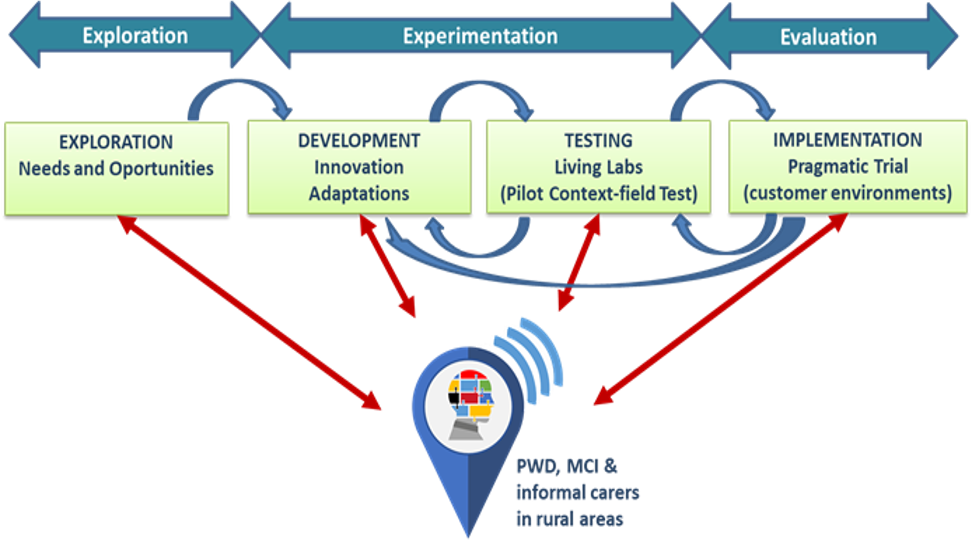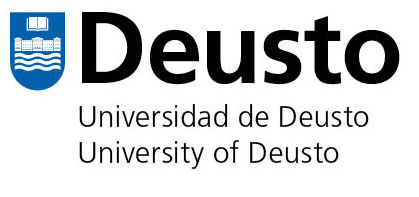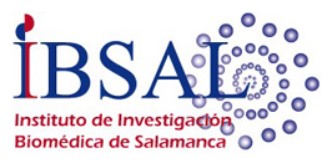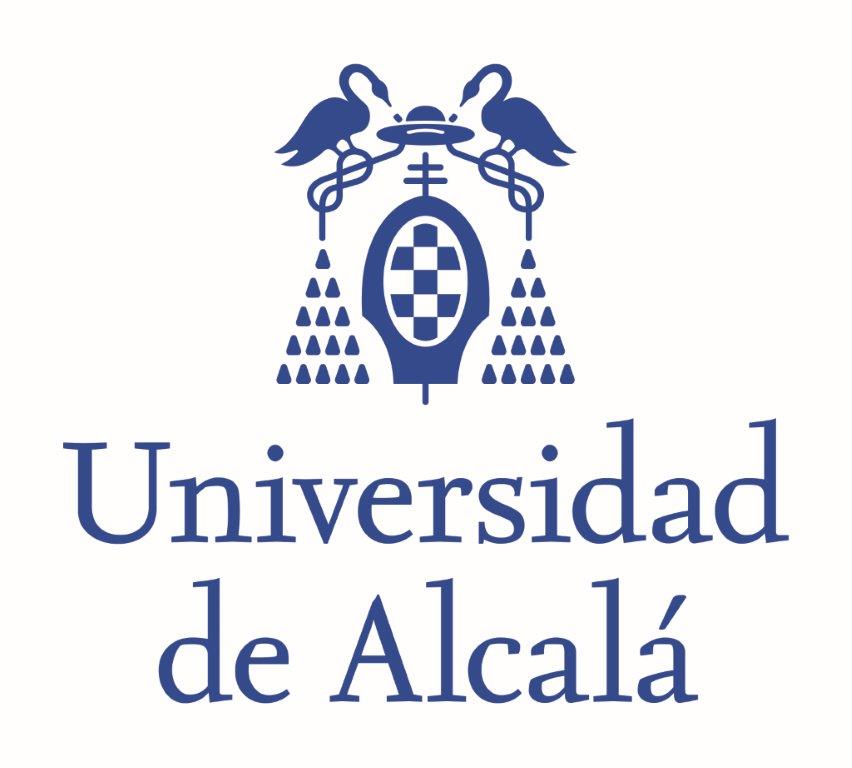More Information
PoM project Description
Subprojects
PoM project Description
Rural areas are faced with continuous challenges linked to demographic, socio-economic and mobility factors such as declining populations characterized by more pronounced ageing, income factors, reduced number of services and economic viability of public transport schemes. One in six people in the European Union has a disability that ranges from mild to severe making around 80 million who are often prevented from taking part fully in society and the economy because of environmental and attitudinal barriers. These are just two of today's many challenges that make it difficult to achieve a more fair, inclusive and cohesive society, especially in rural areas. Nevertheless, ICT have the potential to improve accessibility by supporting remote sensing and the delivery of home and community-based interventions. Smart devices have increasingly greater technical capabilities which open promising opportunities to empower (all) people to interact with and through the world.
The main objective of this project is to develop a comprehensive care model supported in technology and proved in a living lab integrating several innovative digital tools for improving and fostering accessibility, active living and wellness of PWD and MCI, especially in rural and semi-urban environments where access to preventive and treatment programs is particularly difficult. In this point, the use of living labs is strategic. In addition, the effects of utilisation of the living lab on physical health, activities of daily living, social and cognitive functioning and professional care use will be studied. The advantage of this strategy is that we are not going to develop new technology for community support but we want to implement and establish a care model involving the technologies. This approach involves, in a first step, a clear understanding of the PWD, MCI and their carers needs. Consequently, all potential stakeholders will be involved actively in the development of the platform from the design stage, assessing their satisfaction, the impact and its acceptability and usability. This platform consists of several sensors deployed in the PWD house aiming at gathering as much information as possible to be able to develop the foreseen delivery of home and community-based interventions. The communication of the data collected in the rural or semi-urban environments for cloud computing will be performed through LPWAN long range communications. Since heterogeneous information will be gathered, fusion methods for integrating the sensor information are required.

The objective is multiple: increasing the availability, accuracy, and trust in the estimates generated, as well as achieving seamless transitions between different scenarios (especially indoor / outdoor transitions). At a higher, more abstract level of processing, localization, motion and other sources of sensor information are combined in order to infer and produce human understandable labels about the PWD activity or behaviour. Recording of daily activities for extended periods of time generates large amounts of data which are stored in databases for long-term extraction of pattern behaviours. This data analysis capability is particularly useful in the detection of mobility problems, or of the early onset of cognitive diseases, within the monitoring application for healthy aging. Work in user-friendly interfaces to present and analyse the data must be carried out, as the end-users are not expected to be IT experts.
Finally, PeaceOfMind aims to demonstrate how the ICT platform developed within this project can successfully respond to the PWD, MCI and their carers needs, by implementing it on a pilot study and pragmatic clinical trial in regular settings, evaluating the barriers and facilitators to implementation and its’ cost-effectiveness contributing to the sustainability of social and health systems by achieving greater accessibility and health equity. The PeaceOfMind project will end studying the effects of utilisation of the ICT platform on physical and emotional being, activities of daily living, social, and cognitive functioning, and professional care use, based on the intervention under study.
Subprojects
UD subproject (University of Deusto). This subproject will contribute in most of the processing levels of the applications and tools from sensing to predictive analytics. Nevertheless, according to the background, more dedication will be devoted to activity recognition and advanced GNSS in smartphones), the simulation platform for fusion strategies, provision of real time and predictive analytics applications, and the practical implementation and deployment of the sensor network and their associated hardware.
UAH subproject (University of Alcala). The focus of this subproject lies on providing feasible positioning technical solutions according to the users and careers needs, including aspects related to the low-level sensing stage (base technologies, exploration of mass market devices or ad-hoc alternatives capacities), high-level processing (interference cancellation, integration of different sources of information, data communication) and technical challenges of a real demonstrator.
IBSAL subproject (Instituto de Estudios de Ciencias de la Salud de Castilla y León). This subproject will focus its attention on stakeholders’ needs and context description, living lab development, and pilot management, execution and assessment.
CONTACT E-MAIL:
Alfonso Bahillo (Universidad de Deusto)Manuel Ángel Franco Martín (Instituto de Estudios de Ciencias de la Salud de Castilla y León)
María Carmen Pérez (Universidad de Alcalá)







